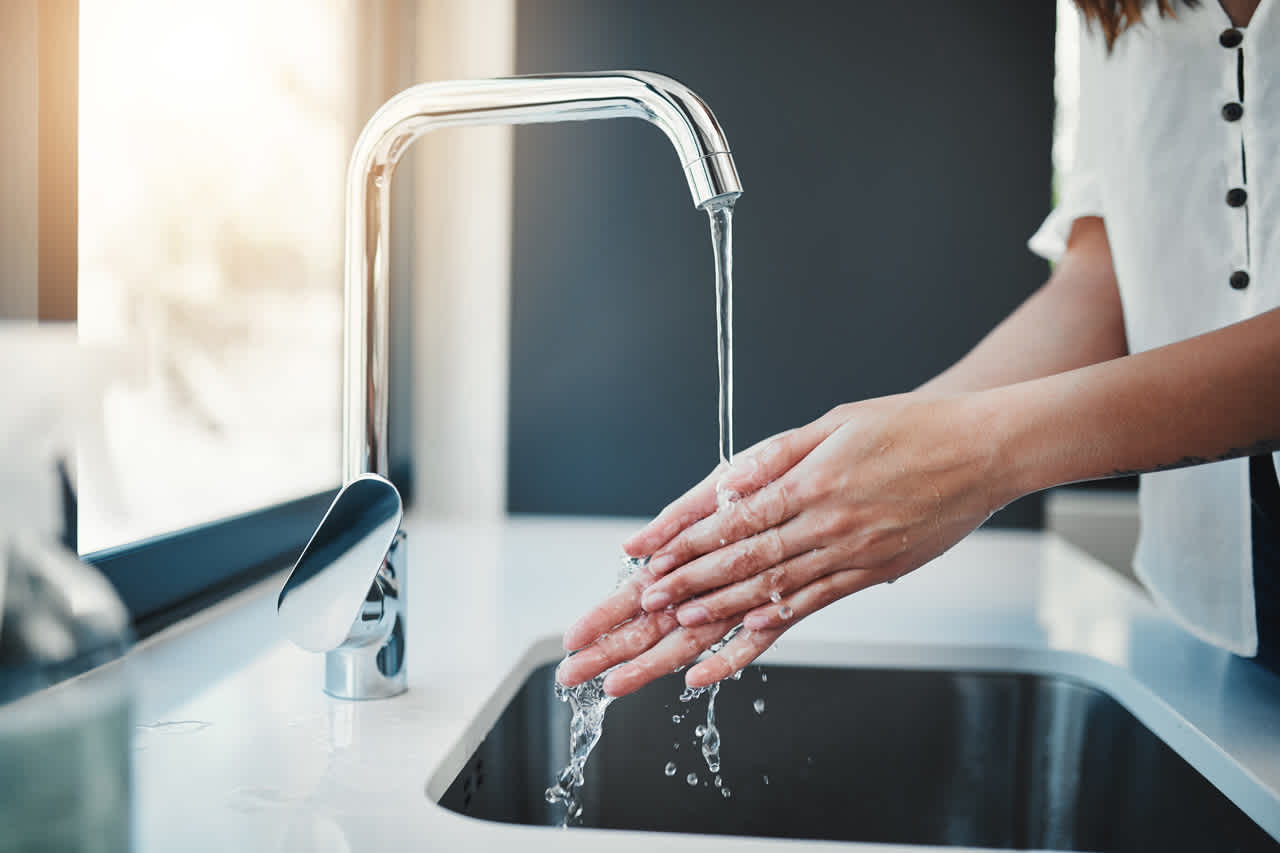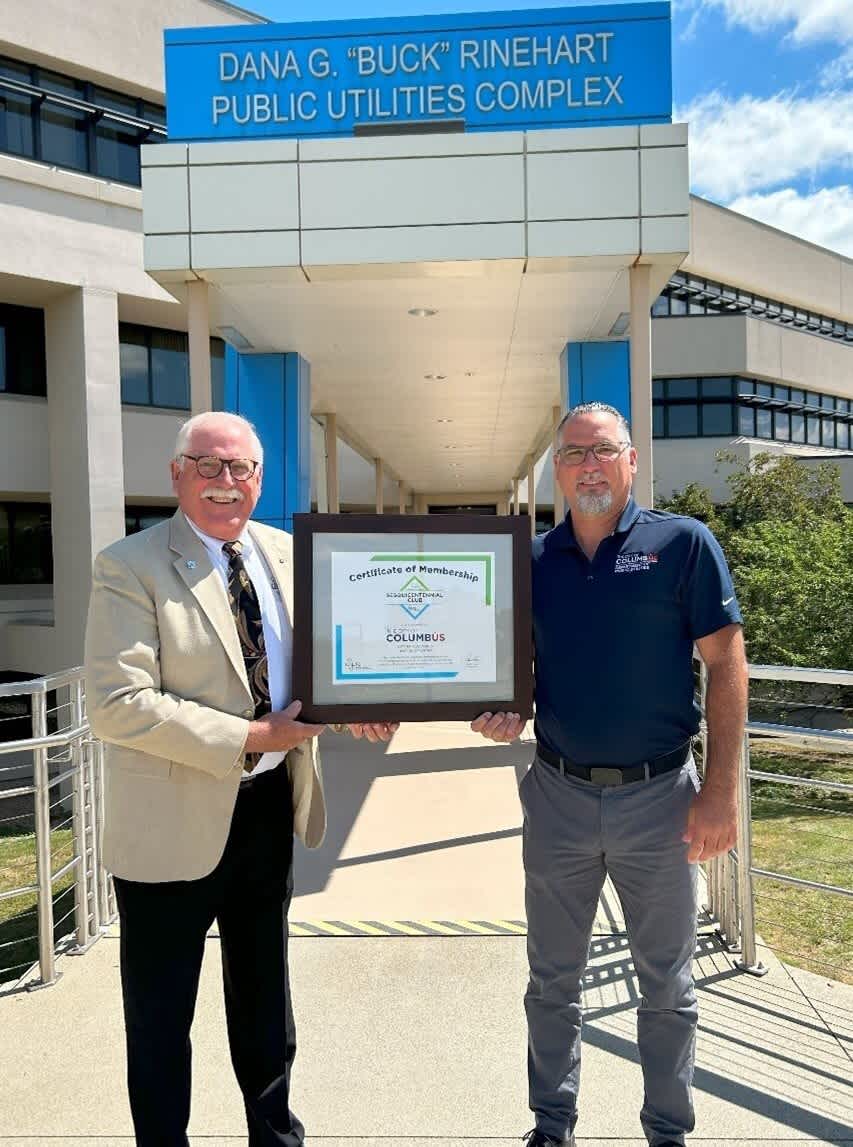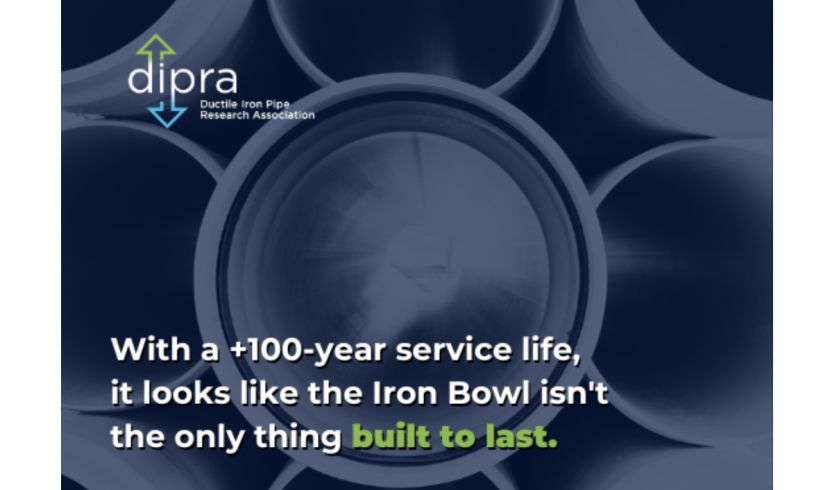
First, utilities are under a lot of pressure to keep rates low, and also consumption on a per capita basis is down considerably.
The average human can only survive about 4 to 5 days without water according to most experts, and the typical American relies almost entirely on their water utility to provide them with this sustenance. But what would happen if the delivery systems that bring water into our homes were rendered non-functional? How long would it take for out modern lives to crumble?
The American Society of Civil Engineers (ASCE) has been grading 16 categories of America's infrastructure in a report card ever four years since 1998. The last report, which came out in 2017, gave our nation's drinking water infrastructure a D.
Since water is absolutely vital to our day-to-day lives, why don't leaders prioritize this? Most experts seem to agree one major factor is that for the most part, water infrastructure is functionally invisible. You don't see it every day or rely on it to get to work. You simply turn the tap and it's there. In that sense, it's different from other categories of infrastructure, and it's easy to let it slip as a priority because it's deterioration isn't apparent.






